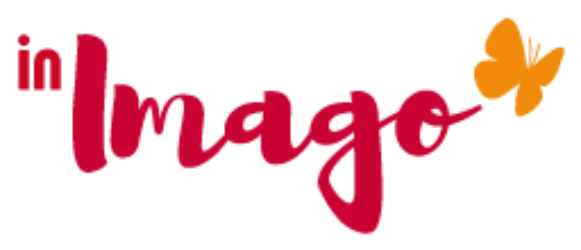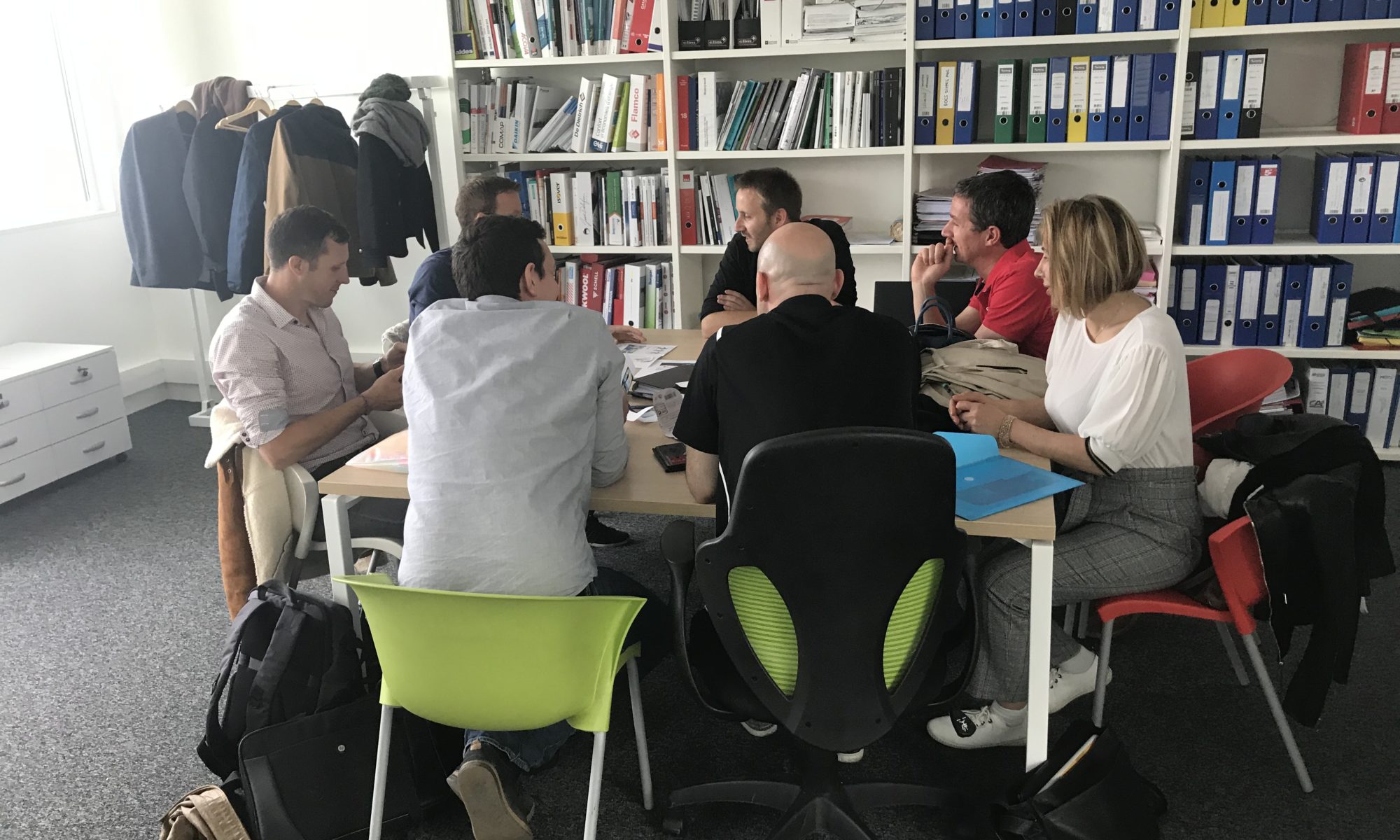Focus on an internal supplier-customer relationship
Increase your performance by playing this winning duo.
As we have seen, affirming a client-centric corporate culture is an issue at all levels of the company. By focusing on an efficient internal supplier-customer relationship, customer service will be controlled from start to finish. In this way, waiting times, empathy and the genuine response to customer needs will be integrated at all levels of the company.
Lean management has established the importance of forming strategic partnerships with its suppliers to:
- Optimize the delivery chain and material procurement.
- Implement an integrated continuous improvement policy between the internal client and the supplier.
To establish quality customer service, the company will deploy its customer culture by associating the various providers of the internal and external value creation chain.
How to implement an effective customer-supplier-internal relationship?
It is about putting in place a global approach within the company based on a simple and rewarding maintenance structure for each department of the company. . By incorporating Agile values into the customer-internal / supplier-internal concept, relations between the different departments will be calmed. Indeed, each link in the chain influences the relationship and productivity.
Let us recall here principle 3 of the Agile Manifesto: the main measure of the team’s success is its ability to deliver. It is an invitation for each department to be involved in what is happening in the company. Intra-department autonomy will be reinforced for better end customer service.
The implementation of this fluid relationship between each actor in the value chain.
Objectives of the internal customer-supplier relationship
- Strengthen the customer culture with each manager and employee.
- Analyze with the internal and external client the successes of the past and crystallize the strategy to meet the client’s needs.
- Improve the quality of services provided either internally or externally.
- Deploy an end-to-end strategy between all players in the value chain and customers
Author : Dominique Popiolek-Ollé, Transmutation leader, Agile Executive Coach, Founder of In Imago management consulting and disruptive transformation.

